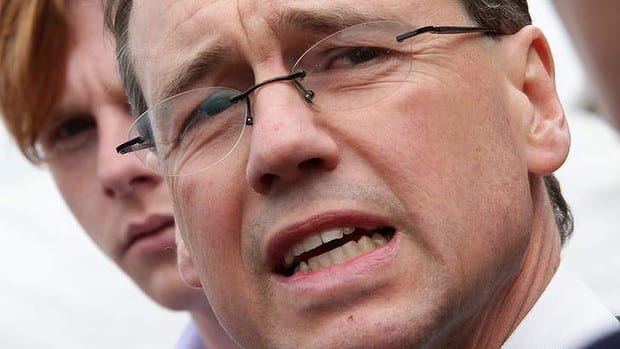As new NASA data reveals global temperature records were smashed by a “stunning” margin in the month of February, new research from carbon market analysts RepuTex has found that Australia’s contribution to curbing global warming could be easier and cheaper than we thought.
The study, published on Tuesday has found more than half of Australia’s 2030 emissions reduction target able to be met using “cheap and abundant” domestic abatement – debunking the well established policy myth that the lowest-cost path for Australia was to buy cheap international offsets.
The conclusion was reached in a new approach to modelling based on what RepuTex has dubbed the “real world supply cost curve”. It found that more than 300 million credits could be created by local Australian companies over the next seven years at around $1-$4 per credit, while more than 500 million credits could be supplied at less than $20.
As RepuTex executive director Hugh Grossman told RenewEconomy in a telephone interview on Tuesday, “that’s a lot” – particularly when you consider the government’s calculations that it needs 900 million tonnes of abatement to meet its emissions reduction 2030 target.
And it’s significant, he notes, in that it changes the game for how Australian policy might be designed to achieve emissions cuts: using local emissions reductions, at low cost, without relying on international offsets, all while keeping the cost of compliance low for industry.
“It’s almost the holy grail of climate policy” Grossman said.
To get further into the specifics, the RepuTex study modelled the cost and volume of abatement in the form of Australian Carbon Credit Units (ACCUs), analysing the volume of credits that could be generated over the next 7 years at various price points under a compliance policy – such as the safeguard mechanism – where companies would offset their emissions at least-cost.
The abatement cost curve – see chart below – indicates that more than 500 million Australian carbon credits could be generated at prices under $16 each, using current crediting methodologies across the Agriculture, Land-use, Energy Efficiency, Waste and Industrial sectors.

Critically, the analysis indicates that the large abatement opportunities exist at two clear price levels, with “efficiency and waste” credits, from energy efficiency projects in the Buildings, Industry and Waste sectors potentially generating 300 million credits at between$1-4, while another 200 million credits could be supplied from the Agriculture and Land-use sectors for around $11-16, including activities such as cattle management and savannah burning.
“This is the first research to look at real world supply of carbon credits – to ask, what prices does the market need to create supply?” Grossman told RE.
“What we’re finding is there are very significant volumes of (Australia-generated) credits at very low prices.
“So, Australia has got its own source of really low-cost credits, which means there is potentially no need to use international credits.
“We can focus Australian policy on local emissions reduction and do it low-cost,” Grossman told RE.
But Grossman noted that this critical point had arrived with no thanks to the design of the federal government’s Direct Action policy.
“If it was calibrated correctly, the compliance arm of DA has the ability to tap into low-cost carbon credits. But there are design issues…
“These credits, in theory, could be created right now, but we’re not seeing the policy incentive (that would) force companies to search for the least-cost emissions reduction.”
Indeed, far from encouraging business and industry to cut emissions, federal environment minister Greg Hunt is busy reassuring us all that Australia’s greenhouse gas emissions actually “peaked” 10 years ago.
“I believe that we have reached what is sometimes known as peak emissions,” Hunt told ABC Radio’s AM program. “My best estimate is that we are unlikely as a nation ever to surpass [2005 levels] … In my best judgment, the advice, the information from the department, we reached peak emissions in 2005-06 … and the course of history to come for Australia is that we will continue to be below that figure.”
The comments – described by Climate Institute CEO John Connor as “extraordinary”, particularly in light of “the enormous credibility gap in the government’s current policies” – were quickly dismissed by Grossman, who says his company’s analysis of the government’s own data shows Australia’s emissions will continue to grow, with “no peak in sight”.
“Australia’s emissions growth rate is projected to be among the highest of all developed countries,” Grossman said.
Meanwhile, on ABC TV’s Q&A last night, Australia’s chief scientist Alan Finkel cited data from Hawaii, that the level of CO2 in the world’s atmosphere went up in 2015 by 3.05 parts per million – marking the largest annual increase in this metric since recording began more than 50 years ago.
“What that says is that for all the effort we’re putting into trying to avoid increases of emissions, we’re losing. So what we’re doing with solar and wind and with changing our behaviour, we’re not winning.”







